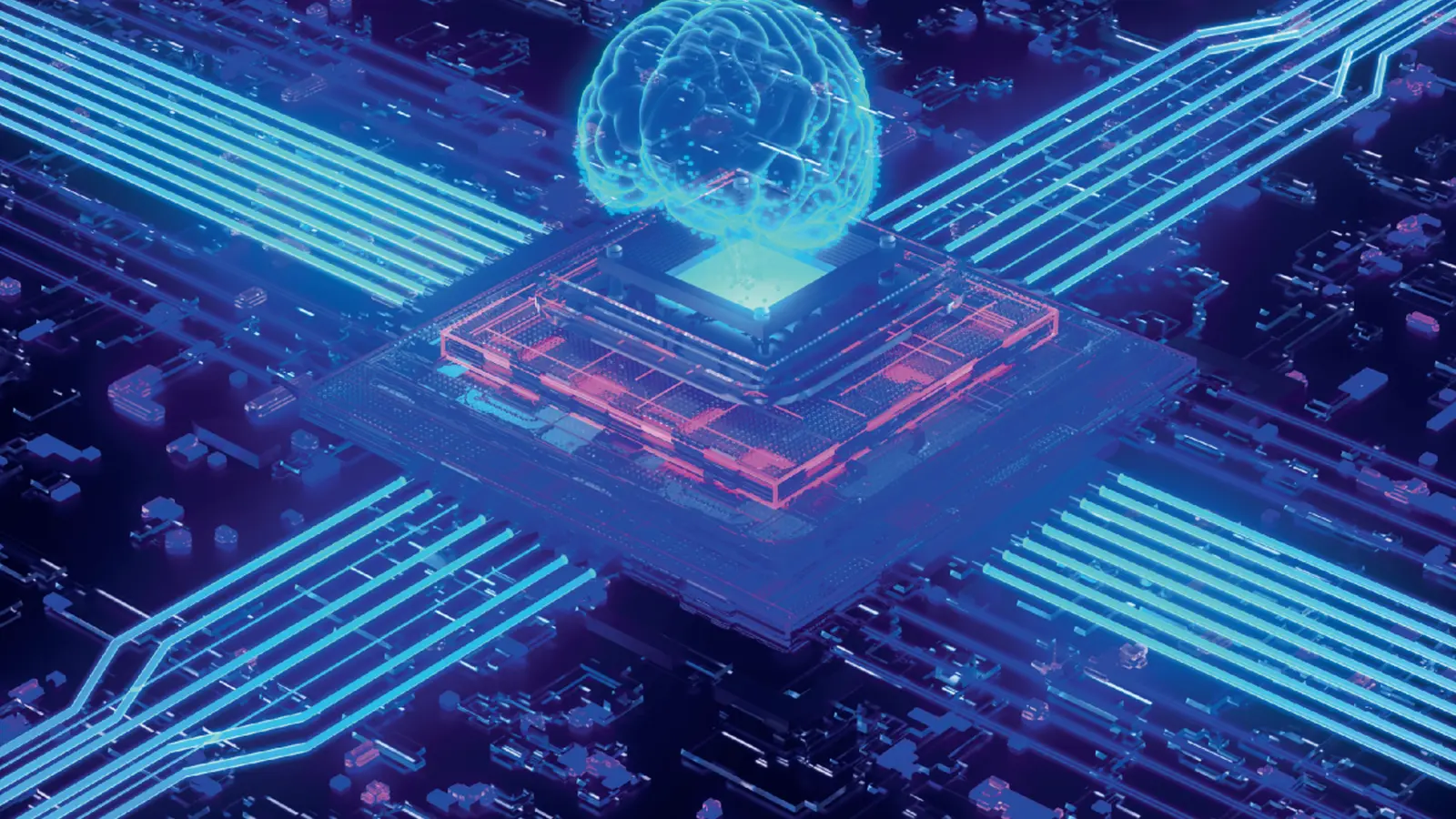5 Minutes
The challenge: fragile qubits and the promise of topology
Quantum computers derive their power from qubits — quantum bits that can exist in superposed states and become entangled across distances. These uniquely quantum phenomena enable algorithms that could outperform classical supercomputers on problems such as materials simulation, cryptography, and optimization. But qubits are exceptionally sensitive: tiny changes in temperature, stray electromagnetic fields or mechanical vibrations rapidly destroy the delicate quantum information they carry. This sensitivity, known as decoherence, remains the dominant bottleneck on the path to practical quantum computing.
One promising strategy to overcome decoherence is to embed quantum information in topological degrees of freedom. Topological states are protected by the global structure of a material rather than local details, making them intrinsically robust against many common sources of noise. Such topological excitations can act like naturally error-resistant qubits, but finding or engineering materials that host these excitations has been a long-standing materials-discovery challenge.
New approach: magnetism as an accessible route to topological protection
A collaborative team from Chalmers University of Technology, Aalto University and the University of Helsinki has reported a significant advance: an engineered exotic material that supports strong topological excitations using magnetic interactions. Instead of relying on the rare spin-orbit coupling typically used to realize topological phases, the group has harnessed magnetism — an interaction that occurs in many more materials — to stabilize the desired quantum states.
Guangze Chen, postdoctoral researcher, Applied Quantum Physics, Department of Microtechnology and Nanoscience, Chalmers University of Technology. Credit: H. Yang
By designing a solid-state structure in which magnetic order and electronic degrees of freedom combine to produce protected quantum excitations, the researchers created a platform in which quantum states persist longer against external disturbances. In practical terms, this means qubits built on such materials would require fewer corrective operations and less-extreme environmental isolation than conventional qubit technologies.

From spin-orbit recipes to magnetic ingredients
Historically, material scientists pursuing topological qubits have depended on spin-orbit coupling — an effect that ties an electron's spin to its orbital motion — as the crucial ingredient that gives rise to topological phases. Strong spin-orbit coupling exists only in a limited subset of compounds, constraining the search space. The magnetism-first approach is conceptually different: magnetic interactions are widespread across the periodic table, allowing the topological mechanism to be realized in a broader class of solids. In the team's analogy, magnetism is the common kitchen staple that opens many new recipes for topological materials, rather than a rare spice.
Experimental and computational advances: a two-pronged discovery pipeline
Alongside fabricating the new quantum material, the research team developed a computational screening tool that quantifies how strongly a given compound exhibits topological behavior driven by magnetic interactions. This predictive capability is essential: the space of candidate materials is enormous, and targeted screening drastically reduces experimental trial-and-error.
The tool evaluates electronic structure, magnetic order and the presence of symmetry-protected excitations to assign a topological score. With this metric, experimentalists can prioritize compounds that are most likely to host robust topological qubits, accelerating material synthesis and device testing.
Key discoveries and implications
• Demonstration that magnetic interactions alone can stabilize topological excitations suitable for qubit protection.
• Development of a computational method to identify and rank candidate materials for topological quantum platforms.
• A materials-design route that broadens the search beyond spin-orbit–dominated chemistries, potentially expanding the pool of practical substrates for scalable quantum hardware.
Expert Insight
Dr. Elena Morales, a fictional senior materials scientist with two decades of experience in quantum devices, comments: 'This work is a milestone because it shifts the emphasis from rare relativistic effects to magnetic mechanisms that are experimentally accessible. If these magnetic topological states prove reproducible in device geometries, they could materially reduce the engineering overhead for fault-tolerant qubits.'
Related technologies and future prospects
The magnetic-topology approach complements other error-mitigation strategies, including active quantum error correction and hardware-level isolation methods. Combining intrinsically protected topological qubits with improved control electronics and cryogenic engineering could shorten the timeline to fault-tolerant quantum processors. Next steps include integrating the new materials into prototype qubit devices, characterizing coherence times under operational conditions, and using the computational tool to screen families of compounds for scalable fabrication.
Conclusion
Researchers from Sweden and Finland have introduced a promising route toward disturbance-resistant quantum computing by using magnetism to realize topological excitations in a newly engineered exotic material. Coupled with a computational screening tool, this approach expands the hunt for robust quantum materials beyond the limited set of spin-orbit–dominated compounds. The result is a practical pathway that could reduce qubit fragility, lower experimental complexity and accelerate the development of next-generation quantum computer platforms.
Source: scitechdaily


Leave a Comment